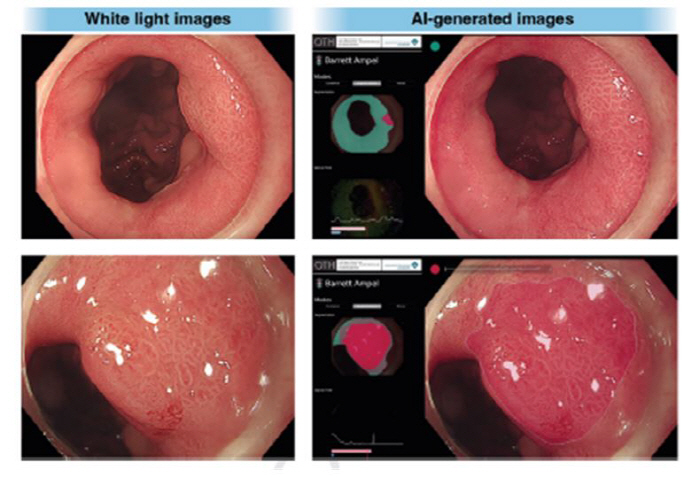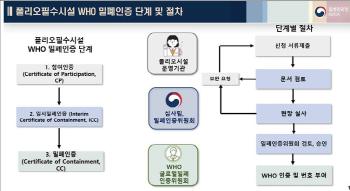Evolving Healthcare AI...Extend beyond diagnosis to endoscopic assistance and risk prediction
May 30, 2025
|
In particular, AI complements doctors' eyes and further increases the accuracy and reliability of diagnosis in detecting cancer in the esophagus and stomach early.
Recently, the results of a study jointly conducted by Lee Seong-hak, a professor of pathology at the Catholic University of Korea's Seoul St. Mary's Hospital, and Augsburg University Hospital in Germany were published in the prestigious international journal Gastroenterology. This review paper comprehensively summarizes the latest research on the availability and clinical application of AI in upper gastrointestinal diseases including Barrett's esophagus (BE), Esophageal Squamous Cell Cancer (ESCC), and Early Gastric Cancer (EGC) from the perspective of gastroenterologists and pathologists.
The paper emphasizes that early diagnosis is very important for upper gastrointestinal cancer, including gastric cancer, considering that the 5-year survival rate for advanced gastric cancer is less than 30%, but the 5-year survival rate for early gastric cancer is more than 90%. However, in some cases, lesions can appear flat and ambiguous, sometimes even experienced specialists miss them in endoscopy.
To overcome these limitations, AI is evolving to a level where it can learn vast amounts of endoscopic image data to detect even fine lesions that are easy to miss with the naked eye. Indeed, some studies have shown that artificial intelligence has recorded sensitivity and specificity of over 98% in predicting invasion depth of early cancer or identifying ambiguous lesion boundaries. In particular, the use of Magnifying Image-Enhanced Endoscopy (M-IEE) or Narrow Band Imaging (NBI) is limited, but in some studies, artificial intelligence systems have shown better diagnostic performance than endoscopists.
Recently, AI has reached the level of warning about suspected lesions in real time during endoscopic procedures or calling the operator's attention by displaying abnormal areas on the screen. This is of great help to inexperienced medical staff, and a multicenter study has also reported that non-experts' discovery of new organisms improved by an average of 9-12 percent when using AI.
Meanwhile, the possibility of using AI in the field of pathological image analysis is getting wider. AI can analyze Whole-Slide Image (WSI)-based pathological tissue slides to automatically classify pre-cancerous (dysplasia) and cancer tissues, and in recent studies, Barrett's esophageal tissue has been accurately recorded by more than 83-95%.
In addition, a multimodal model that analyzes endoscopic images and pathological images together has recently been developed. A more precise diagnosis is possible by simultaneously determining the location and appearance of the lesion with endoscopic images, and the structure and differentiation at the cell level through pathology WSI. Some studies have also suggested that these multimodal AI models have significantly higher lesion classification accuracy than when using only endoscopic images.
However, there are also several challenges to the clinical application of AI. Most AI systems are still models trained in laboratory settings, and generalization across various hospitals and patient populations requires more extensive datasets and quality validation. In addition, the problem of 'black box', which is difficult to explain why AI made a specific diagnosis, also makes it difficult to secure the trust of medical staff. To solve this problem, 'Explainable AI (AI)' technology is being developed in parallel, and the possibility of clinical adoption is increased through the presentation of visualized judgment evidence.
Professor Lee Seong-hak said, "In the future, AI is expected to expand its function beyond just detection tools for lesions to real-time endoscopic assistance systems, individual risk prediction, and biopsy optimization."This will improve early diagnosis and treatment outcomes and contribute to the efficient use of medical resources" he said.
Since accurate diagnosis is the starting point of patient treatment, the future of diagnosing digestive diseases that artificial intelligence will make will be a journey closer to the ultimate goal of medical precision and patient-centered treatment.
|
This article was translated by Naver AI translator.















